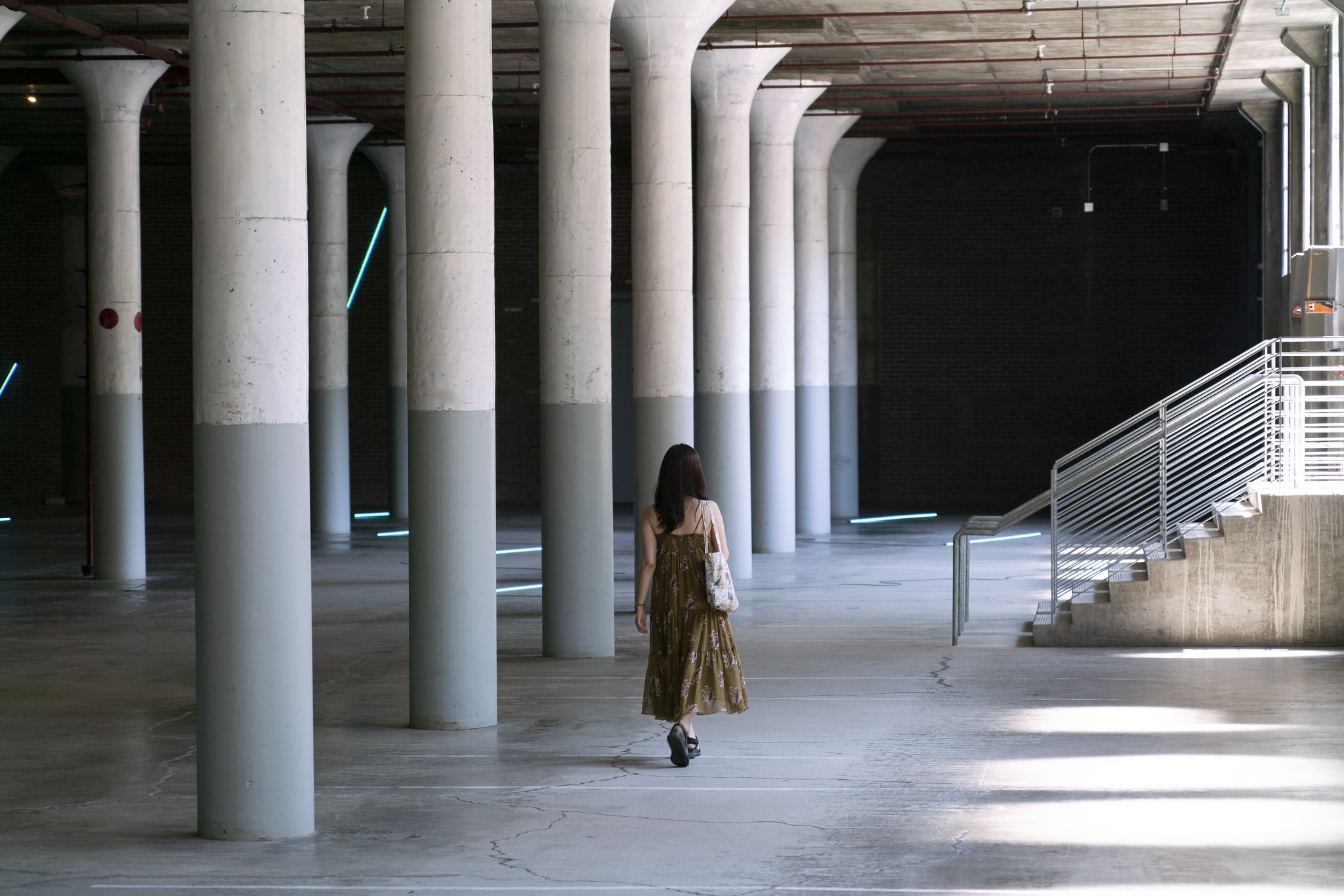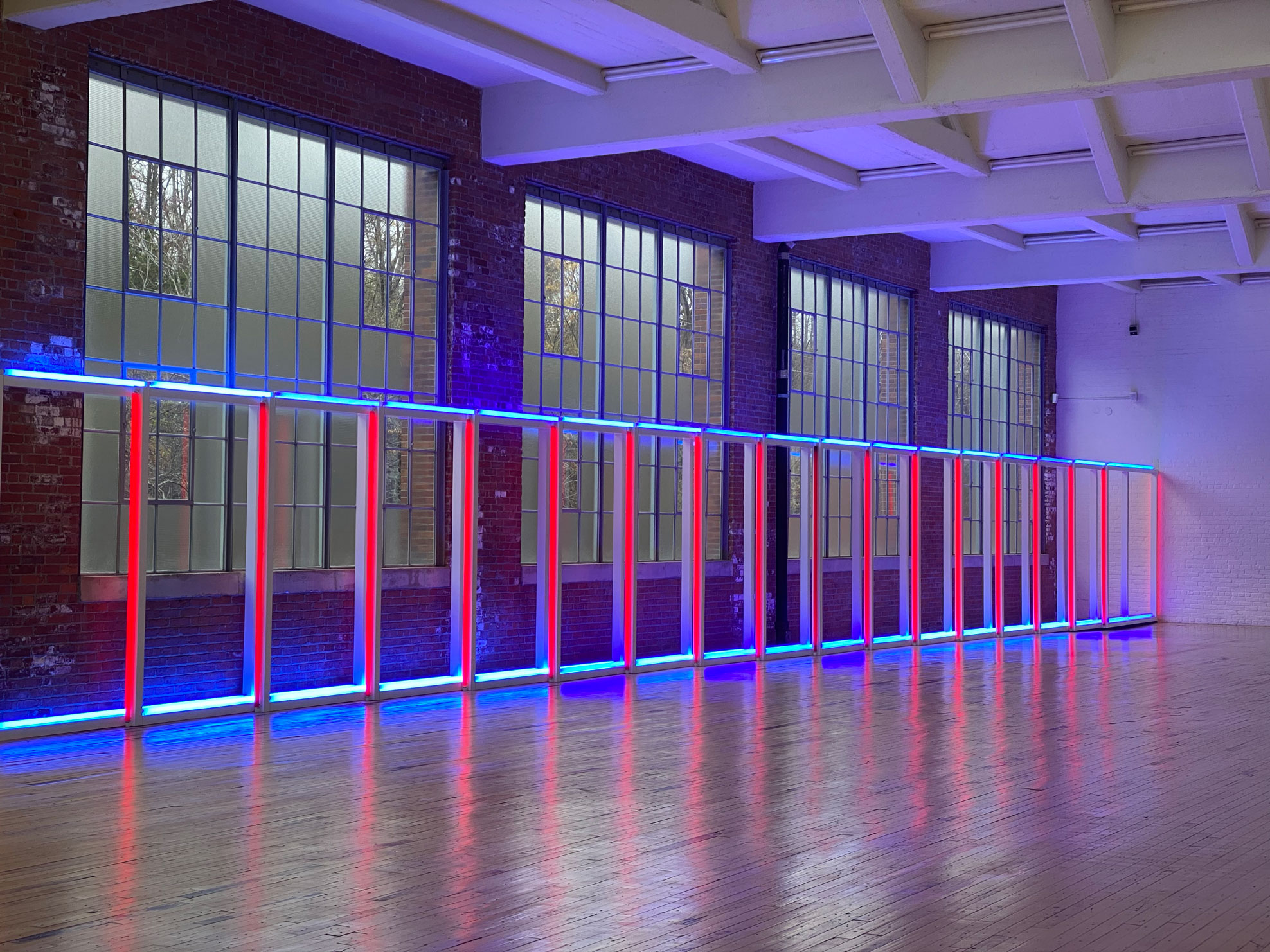

The museum is on track now, bringing in over 100,000 visitors a year since 2016 its latest projections put Dia:Beacon’s fiscal year 2018 visitorship at 116,000. A study conducted by the Williams College Center for Creative Community Development found that yearly visitorship had reached 68,420 by 2011. When the $50 million museum opened in May 2003, it anticipated a yearly visitorship of 100,000. The art organization’s decision to open in Beacon and reclaim the town’s former Nabisco box printing factory as a contemporary art museum was the largest cog in the machine of Beacon’s remaking. Tatlin.” Plans for Dia:Beacon were announced in 1999, and the museum opened four years later. “They found us we didn’t find them.” The factory offered Dia the monumental space it needed to display its monumental collection of 1960s and ’70s contemporary art, including pieces like Richard Serra’s large-scale steel sculptures “Torqued Ellipses” and Dan Flavin’s “Monuments to V. “The story I got was they were flying over and they saw this factory with skylights,” Mayor Casale says. The nonprofit already operated several galleries and site-specific installations-including Robert Smithson’s Spiral Jetty and two pieces in Soho by Walter De Maria-but needed a new space for some of its larger objects. It also welcomed in low-interest loans that aided the work of developers like Ron and Ronnie Beth Sauers, who acquired and restored historic properties, like the Mozheyko Building and the Dondero Block along Main Street.Īnd then, the Dia Foundation came.
#Dia beacon code
“In the 1980s, you could throw a bowling ball down Main Street and not hit a single car,” recalls Casale.īut the town started to turn around, even before the arrival of Dia:Beacon, when Mayor Clara Lou Gould pushed an agenda of code enforcement, which stopped landlords from turning their storefronts into makeshift apartments.
#Dia beacon windows
Curtains appeared in windows that once displayed men’s clothing and Army/Navy supplies. “The crowded buildings often weren’t adequately protected against fire and other emergencies and storefronts used as residential space did little to promote economic development,” as the Highlands Current put it in a 2016 piece.

The vacancies along Beacon’s Main Street paved the way for the conversion of retail space into storefront residences. “We had every kind of store until the malls opened up, and then the small businesses started closing and the storefronts started becoming empty.” Those malls, in Poughkeepsie and Newburgh, which opened in 19, respectively, were a death blow to the small stores that had managed to sustain themselves even as the factories left town. “There was a real active Main Street when I was growing up in the early 1960s,” says Beacon Mayor Randy Casale, a lifelong resident who took office in 2012. It was a three-shift town where, as former mayor Steve Gold told the New York Times, you could get fired from one factory in the morning and have a new factory job by end of day.īut that started changing in the 1970s, when factories moved production and Beacon’s economic health began to freefall. The Hudson-fronting city 60 miles north of New York was once an industry town where, over the decades, factories pushed out everything from hats to lawnmowers to Tuck Tape.
#Dia beacon driver
Understanding how the opening of Dia:Beacon, the nearly 300,000-square-foot contemporary art museum with roots in Manhattan, could bring back a town whose main economic driver was once manufacturing requires a bit of understanding about Beacon. And one of the major catalysts of that change, Dia:Beacon, shows no sign of letting up. And Beacon’s housing market could have taken a hit during the Great Recession from which it might have struggled to rebound.īut none of those things are, in fact, the story of Beacon the city of around 15,000 people is thriving, so much so that gentrification has become a hot-button topic in the area. After its factories shuttered in the 1970s and the city lurched into an economic slump, it could have never recovered. The story of Beacon, New York, could have been another chapter in the narrative chronicling the decline of post-industrial America.


 0 kommentar(er)
0 kommentar(er)
